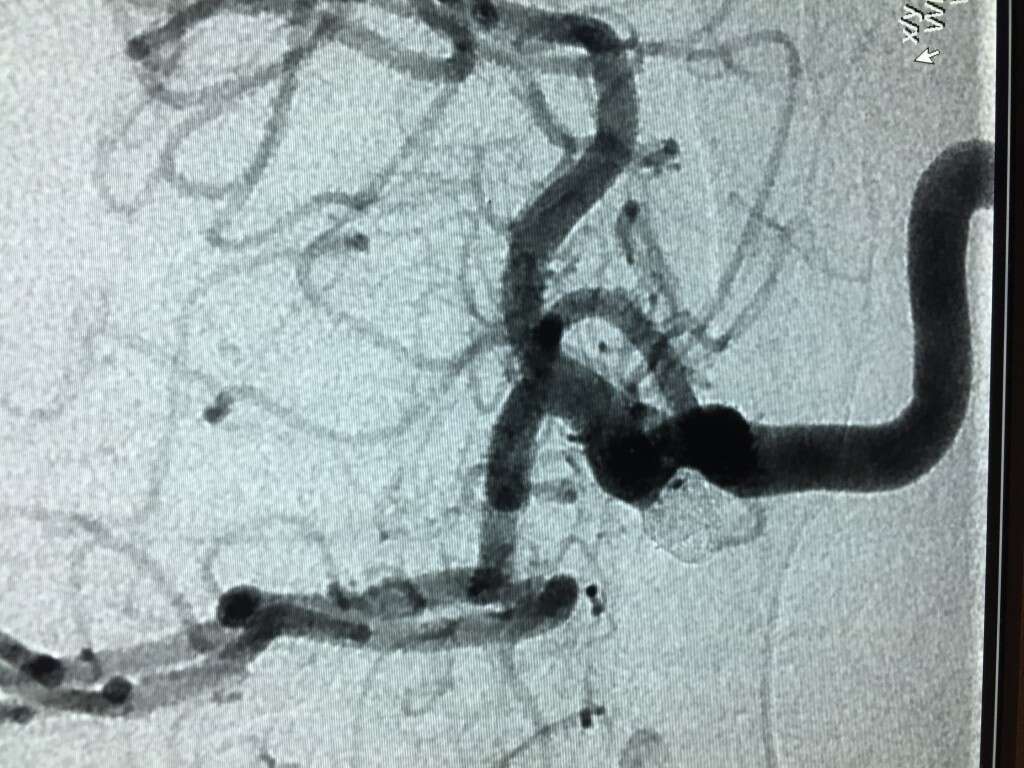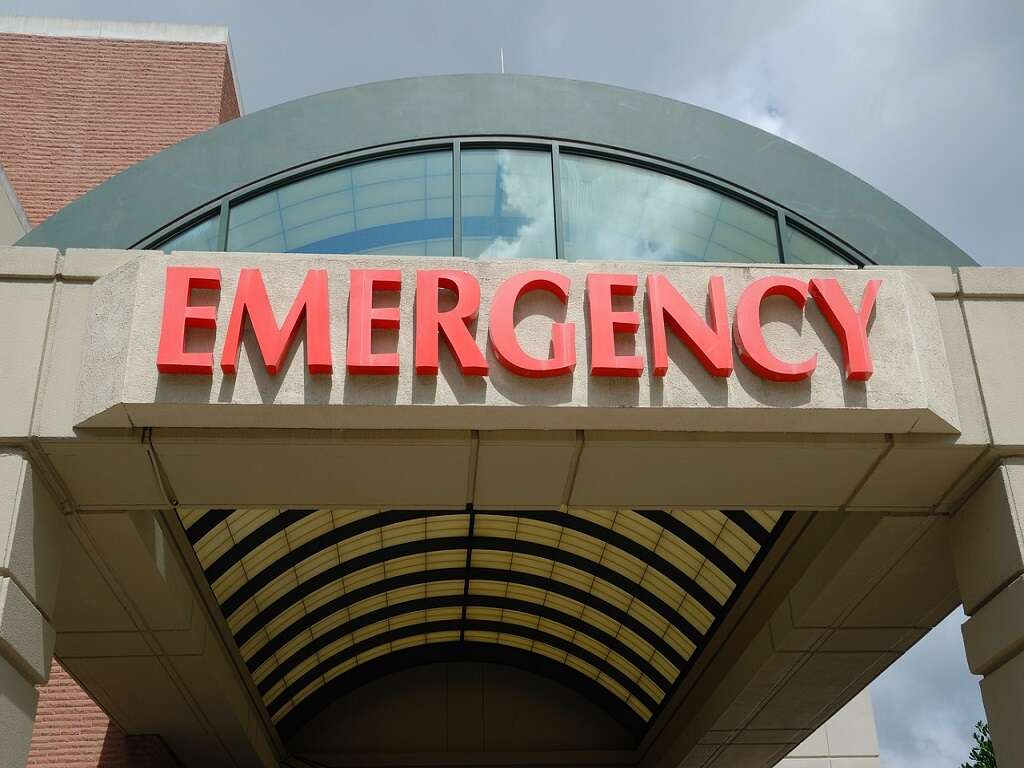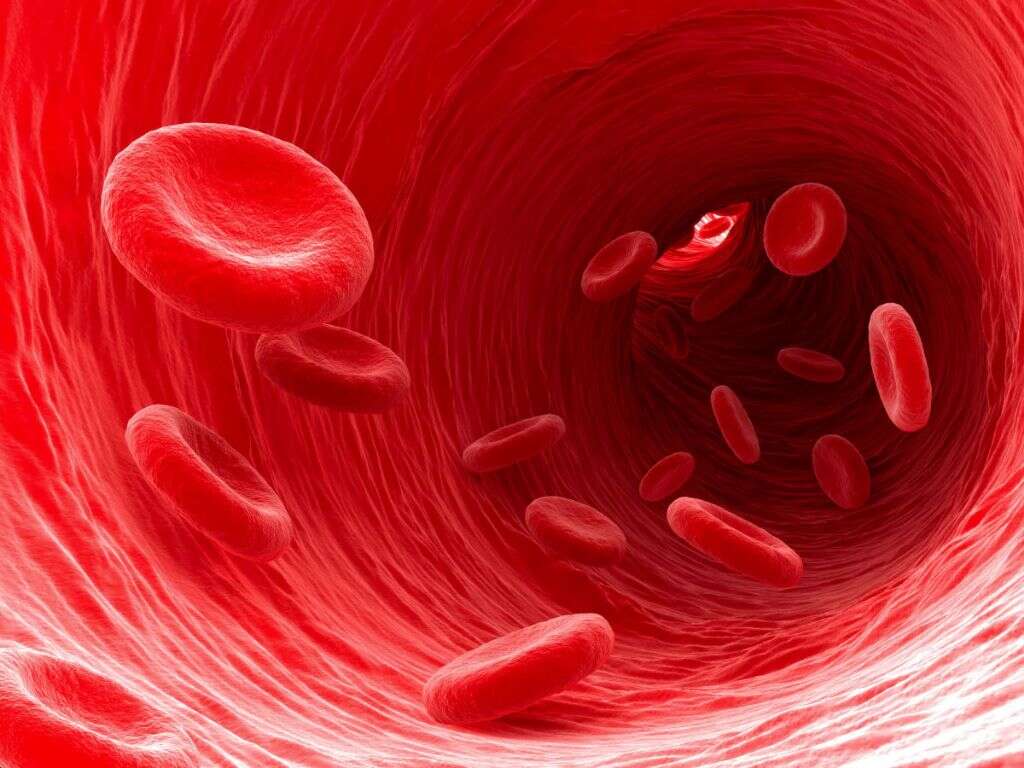10 Aortic Aneurysm Symptoms
An aortic aneurysm is a condition where there is a dilation or enlargement of the aorta greater than 1.5 times the normal size. It is usually asymptomatic until it has grown much bigger or ruptured. It is most commonly located in the abdominal aorta but can also be found in the thoracic aorta.
Aortic aneurysms cause weaknesses in the walls of the aorta, increasing the likelihood of an aortic rupture. When a rupture occurs, there will be massive internal bleeding that can result in shock and death without immediate treatment.
For individuals with a high risk of aortic aneurysms, screening with ultrasound can be performed. Prevention includes quitting smoking. Treatment of an aortic aneurysm is through open or endovascular surgery. In 2013, aortic aneurysms resulted in approximately 152,000 deaths globally.

Symptom #1: Abdominal Pain
Abdominal pain or a stomach ache can be a symptom of serious and nonserious medical issues. The abdomen is divided into nine regions: right hypochondriac, epigastric, left hypochondriac, left lumbar, umbilical, right lumbar, right iliac, suprapubic, and left iliac regions.
The commonest causes of abdominal pain are irritable bowel syndrome, gastroenteritis, and diarrhea. More serious causes of abdominal pain include ectopic pregnancy, appendicitis, and aortic aneurysm. The enlarging of the aneurysm also contributes to the abdominal pain.

Symptom #2: Back Pain
Back pain refers to pain felt in the back. It can refer to cervical (neck), thoracic, lumbar (lower back), or sacral pain based on the different segments that are affected. Back pain can be acute or chronic. The pain can be characterized as a dull, burning, shooting, or piercing pain with radiation to the surrounding regions.
Back pain usually occurs due to degenerative or traumatic changes to the different parts of the spine. In an aortic aneurysm, there may occasionally be abdominal, leg, or back pain. Back pain can also occur when the aortic aneurysm enlarges. A ruptured aneurysm also presents with classical symptoms of abdominal pain that radiates to the back.

Symptom #3: Leg Pain
There are many causes of leg pain such as trauma and overuse. However, in an aortic aneurysm, leg pain can occur due to the risk of the development of blood clots.
The development of blood clots can cause a blood clot to block a vessel in any part of the body. In this case, it can block a vessel disrupting blood flow to the legs and can result in leg pain. Another contributing factor would be the growing size of the aneurysm that can cause compression on the nerves, resulting in leg pain and numbness.

Symptom #4: Leg Numbness
Numbness in the legs and feet can simply occur when an individual has been sitting in the same position for a prolonged duration causing increased pressure on the nerves or due to reduction of blood flow.
Long-term numbness in the legs and feet can occur in conditions such as diabetes, multiple sclerosis, fibromyalgia, peripheral artery disease, and more. In an aortic aneurysm, leg numbness can occur when it enlarges enough to compress the nerve roots, leading to pain and numbness.

Symptom #5: Hoarse Voice
A hoarse voice occurs when the voice is unusually and involuntarily raspy, breathy, or strained. It can be associated with discomfort or scratchiness in the throat. Common causes of a hoarse voice include laryngitis, upper respiratory tract infection, cold, overuse, and allergies.
In an aortic aneurysm that occurs on the arch of the aorta, the hoarse voice may be due to the stretching of the left recurrent laryngeal nerve, which is a branch of the vagus nerve. The vagus nerve is the tenth cranial nerve. This branch winds around the aortic arch to supply the laryngeal muscles.

Symptom #6: Abdominal Mass
An abdominal mass occurs when there is an abnormal growth in the abdomen that may result in visible swelling and change the shape of the abdomen. The affected individual may have weight gain and experience other associated symptoms such as pain, bloating, and discomfort.
The masses in the abdomen can be described based on their location, consistency, number, and more. An aortic aneurysm can usually be felt as a pulsatile mass somewhere in the midline of the abdomen.

Symptom #7: Nausea and Vomiting
Nausea is referred to as an uncomfortable and unpleasant sensation where there is an urge to vomit. Although it is not painful, nausea can be debilitating as it causes discomfort in the abdomen, throat, and chest. It is nature’s way of discouraging the person from repeating whatever has triggered the unpleasant sensation.
Vomiting is defined as the involuntary and forceful expulsion of stomach contents through the nose and mouth. Both nausea and vomiting can occur in conditions such as gastritis, food poisoning, motion sickness, increased intracranial pressure, and more. Both nausea and vomiting are symptoms from local compression caused by an aortic aneurysm. Generally, nausea and vomiting can be managed using anti-emetics such as ondansetron, promethazine, and metoclopramide.

Symptom #8: Syncope
Syncope or fainting occurs when there is loss of consciousness and loss of muscle strength that is fast with a spontaneous recovery. Syncope can be caused by a decrease in blood oxygen or low blood pressure. Some associated symptoms of syncope are sweating, pale skin, blurry vision, nausea, vomiting, dizziness, and more.
Syncope can be caused by various conditions including cardiovascular issues, pulmonary issues, or an aortic aneurysm. In an expanding aortic aneurysm, syncope may be the sole complaint without showing other symptoms.

Symptom #9: Early Satiety
Early satiety refers to the inability of eating a full meal or having a feeling of fullness despite only having a small amount of food. Patients with early satiety may experience the inability to consume a normal-sized meal, nausea and vomiting when trying to consume a normal amount of food, and a feeling of fullness after eating very little food. This can be seen in gastroparesis, gastric outlet obstruction, peptic ulcers, gastroesophageal reflux disease, and more.
In an aortic aneurysm, early satiety may be due to the increased abdominal pressure due to the growing size of the aneurysm.

Symptom #10: Blue Toe Syndrome and Livedo Reticularis
Blue toe syndrome refers to tissue ischemia that happens secondary to embolization due to cholesterol or atherothrombosis, which leads to the occlusion of small vessels. The cyanosis of the digits can be due to trauma, aneurysm, and more. It usually occurs in elderly men who have undergone an invasive vascular procedure. In an aortic aneurysm, the local compression can cause symptoms such as blue toe syndrome.
Livedo reticularis refers to the finding of a mottled reticulated pattern that appears to be lace-like, which is caused by the swelling of the venules due to obstruction of capillaries by blood clots. These can be seen in patients with aortic aneurysms.












